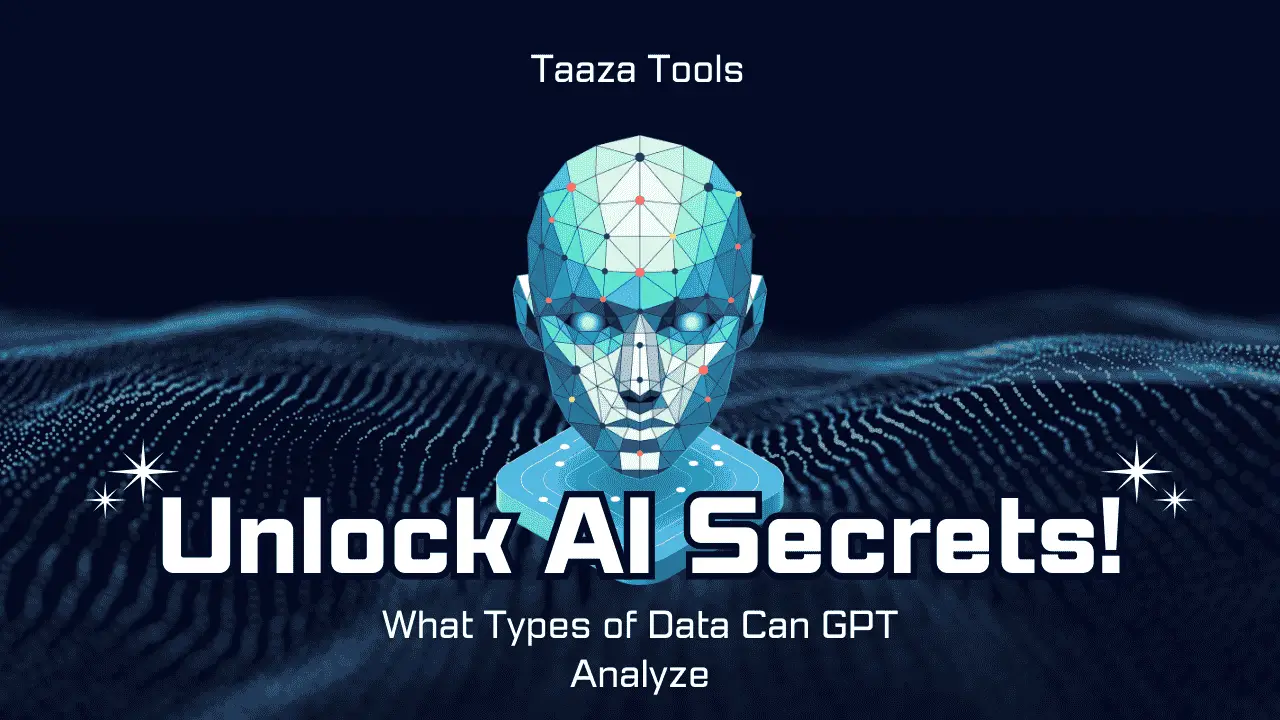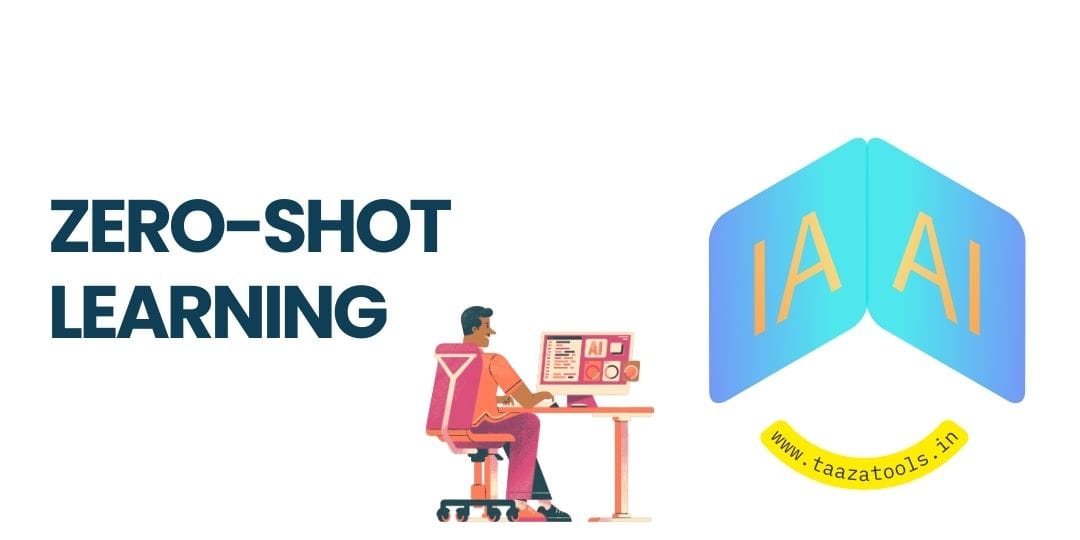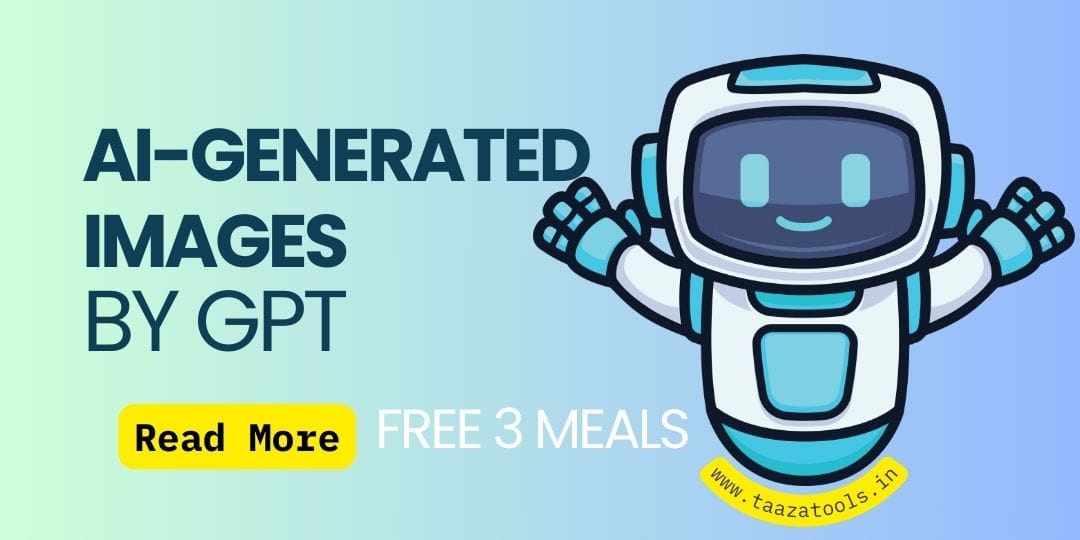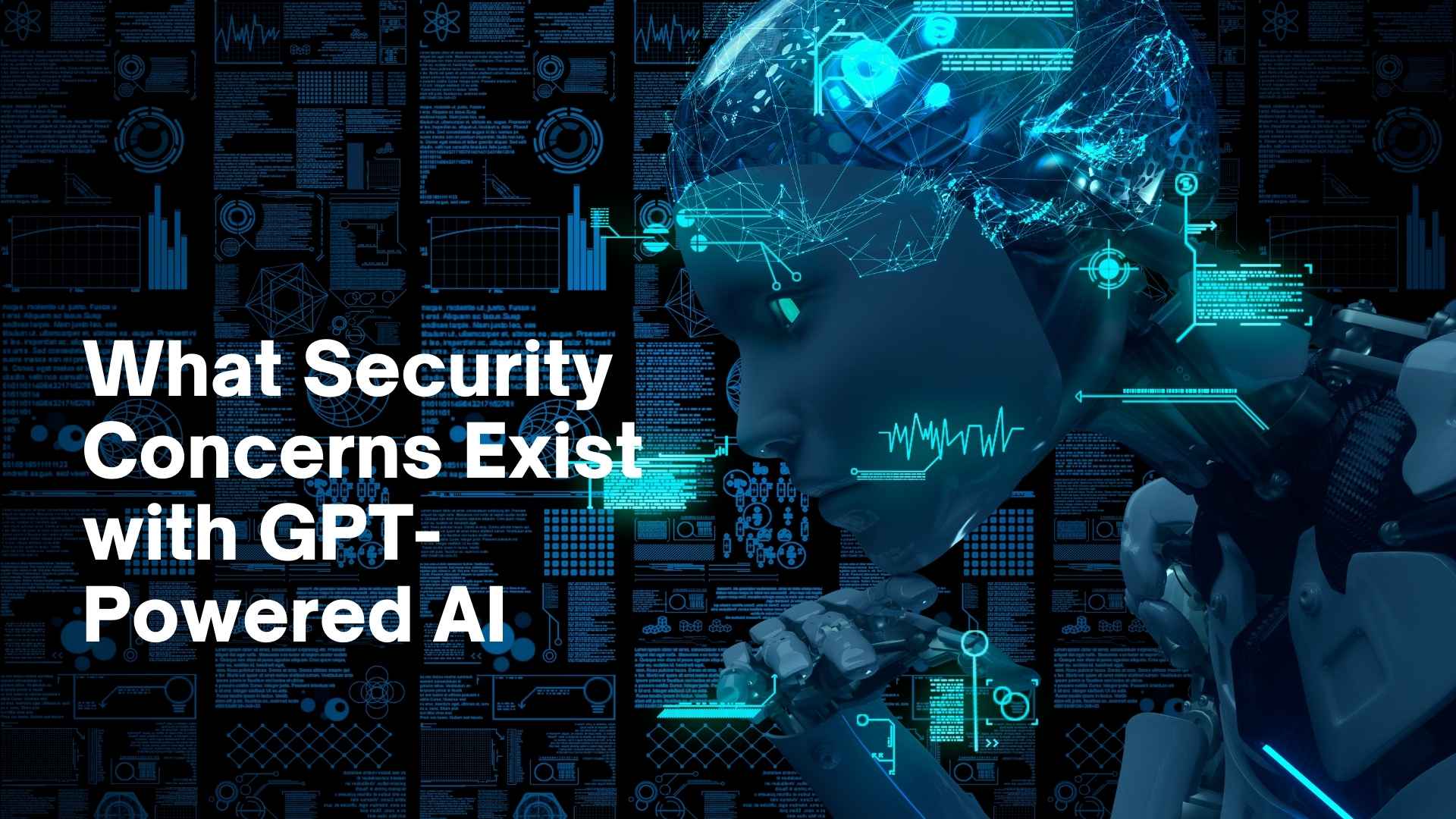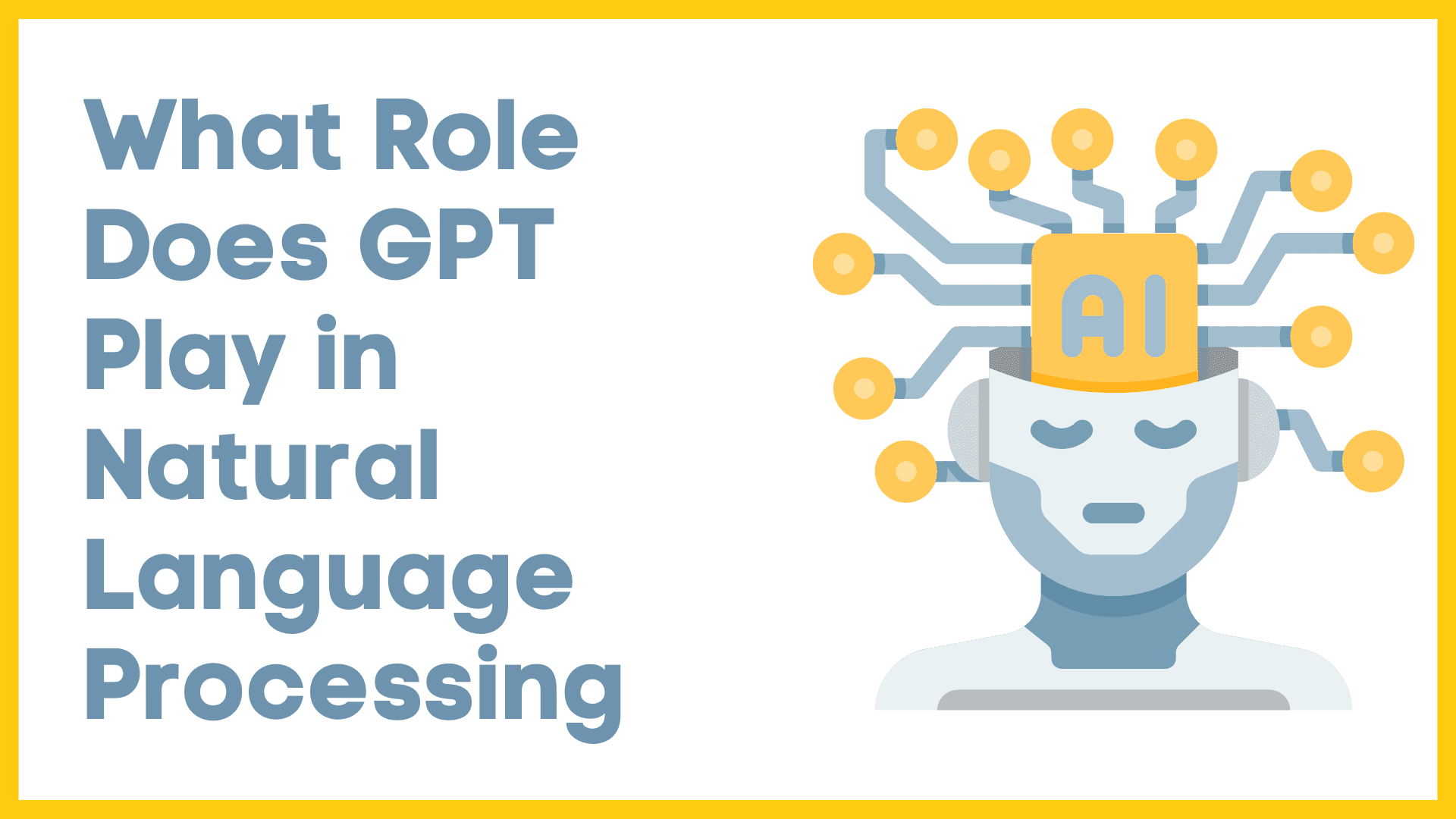GPT models, powered by advanced AI, have quickly become one of the most powerful tools for processing and understanding data. These models, including the widely-known GPT-3 and GPT-4, have made huge leaps in analyzing various types of data with speed, precision, and adaptability. But what exactly can GPT models analyze? While these models are mainly known for working with text, their scope goes far beyond just that. Let’s dive into the different data types GPT models can handle and explore their various applications.
1. Textual Data
The most obvious and primary type of data that GPT models work with is textual data. This includes any form of text, from articles and emails to blog posts and social media updates. GPT models are excellent at understanding and generating human-like text, which makes them ideal for a variety of tasks involving text.
Use cases of textual data analysis include:
- Natural Language Processing (NLP): This involves translating languages, summarizing long articles, generating stories, or even answering questions based on text input.
- Sentiment analysis: Brands often use GPT models to analyze customer reviews or social media posts, determining whether the overall tone is positive, negative, or neutral.
- Text classification: GPT models can classify content into categories, like tagging emails as spam or non-spam or classifying news articles by topic.
In each of these tasks, GPT models not only process the text but also understand its context, tone, and meaning to produce intelligent results. For example, the model can generate a coherent essay based on a brief prompt or summarize long documents into concise paragraphs, reflecting its deep understanding of textual data.
2. Numerical and Tabular Data
While GPT models are traditionally designed for text, they have the capability to process and analyze numerical and tabular data as well. Though specialized models like regression algorithms and decision trees are often preferred for quantitative tasks, GPT models can assist in generating insights and descriptions from raw numbers.
How do GPT models work with numerical and tabular data?
- Data summaries: GPT can analyze tables or datasets and provide human-readable summaries. For instance, it can explain trends, key statistics, or make sense of confusing data rows and columns.
- Pattern identification: By analyzing structured datasets, the model can identify trends and patterns, especially when combined with textual explanations.
- Data querying: GPT can also assist in SQL queries or data extraction by understanding natural language commands to pull out relevant pieces of information from datasets.
Although GPT models are not the top choice for heavy data analysis like what’s done in data science or statistical models, they can still augment human decision-making by translating data insights into actionable insights or giving layperson-friendly explanations of complex numbers.
3. Audio and Speech Data
While GPT models primarily work with text, they can interact with audio and speech data when integrated with other tools like speech-to-text technology. Once the audio is converted to text, GPT models can process and analyze that text.
Here’s how GPT models work with audio and speech data:
- Transcription analysis: After converting audio into text (via transcription services like Whisper or others), GPT models can analyze the transcribed speech, generating summaries, highlighting key points, or even determining the speaker’s emotions based on context.
- Conversational AI: Virtual assistants powered by GPT models, like chatbots or voice assistants (think Siri or Alexa), can understand spoken commands and generate appropriate responses. Though the initial input is speech, it is quickly converted into text, allowing the GPT model to work its magic.
- Language Translation: If a speech input is in one language, the model can be used to transcribe and translate the text into another language, enabling seamless multilingual communication.
Although GPT models are not directly working with raw audio files, their ability to handle the text that originates from speech demonstrates their flexibility in integrating with different data types.
4. Code and Programming Data
One of the more unique applications of GPT models is their capacity to understand and even write programming code. This might seem surprising since programming languages like Python or JavaScript are different from natural language, but GPT models can analyze, generate, and debug code with impressive accuracy.
Here’s how GPT models help with coding data:
- Code generation: Developers can ask GPT models to generate code snippets for specific tasks, like creating a function or an algorithm. For instance, a user could prompt the model to write a Python function that calculates the factorial of a number, and the GPT model will produce a working code block.
- Debugging: Developers can input problematic code into a GPT model and ask for suggestions or corrections. The model can point out errors or suggest improvements, potentially saving hours of debugging time.
- Code explanations: For learners or junior developers, GPT models can explain the purpose and functioning of a given code. This makes it a useful tool for education or collaboration between team members of different skill levels.
Because coding is rule-based but still has structure and syntax similar to language, GPT models excel in understanding and generating code, further broadening the types of data they can work with.
Conclusion
In summary, GPT models are remarkably versatile when it comes to the types of data they can analyze. While they are best known for their proficiency with textual data, they extend their reach into other areas such as numerical data, speech and audio, and even programming code. With each passing iteration, their ability to comprehend, process, and generate information becomes more refined, helping users in numerous industries. Whether it’s crafting a well-written essay, summarizing a dataset, analyzing transcribed audio, or writing code, GPT models are becoming an indispensable tool in the modern world.
Their adaptability in processing diverse data types shows that while they’re rooted in natural language understanding, their potential applications reach far beyond traditional text-based tasks. As GPT models continue to evolve, we can expect even more innovative uses, making them even more essential in both daily tasks and professional applications.
With their ever-expanding capabilities, GPT models are shaping the future of AI-driven data analysis, offering more personalized, human-like insights in a range of fields. Whether you’re a developer, a data scientist, a content creator, or just someone looking for better ways to handle information, GPT models are unlocking new ways to interact with data.

